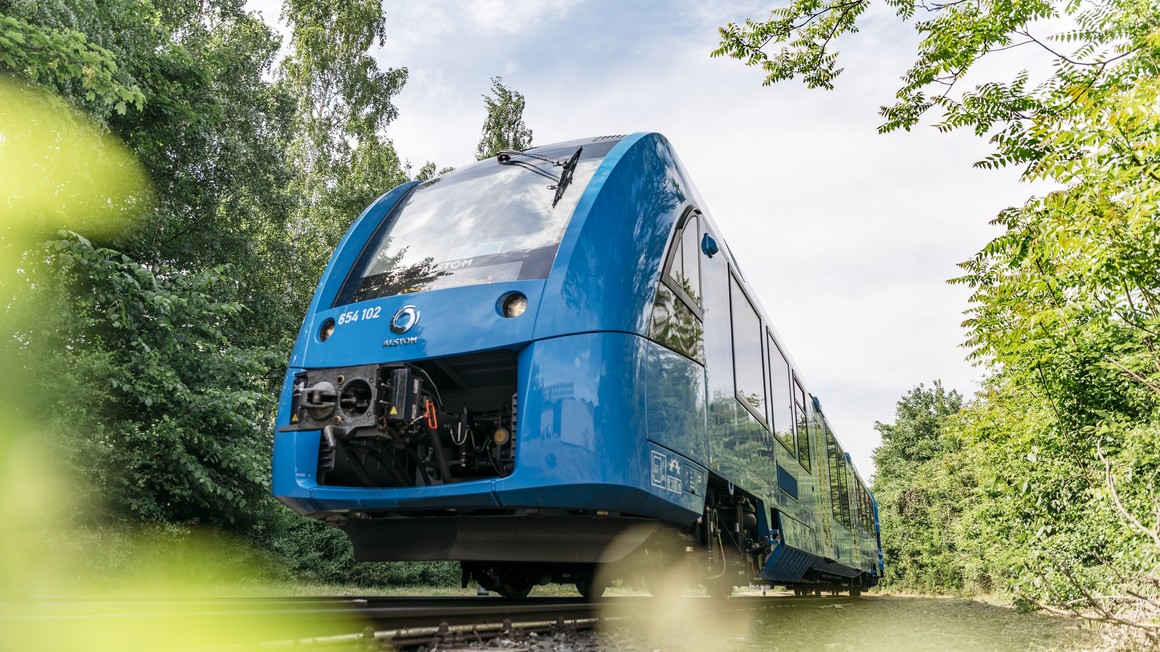
These have just been put into main line service in Germany.
The short version is: passenger traffic, 140 km/h top speed (87 mph), 1,000 km range (620 miles).
Basic layout shown here: https://www.alstom.com/coradia-ilint-wo ... cteristics
Alstom is negotiating contracts for more of these units, in several countries. They are (currently) more expensive to buy than equivalent diesels, but cheaper to run, and with the obvious benefits of much lower noise and no trackside pollution (the only output is water vapour).
Which all got me wondering how they could be classified in RT3. They're not steam, or diesel. They are effectively electric: the hydrogen fuel cells produce electricity, which runs the electric motors. In this respect they are functionally similar to a standard diesel/electric unit, in that they simply replace the diesel/generator source of electricity with a hydrogen fuel cell.
Still, they're definitely not diesel, and they have the advantage of being able to run on standard non-electrified track. This is one of their major selling points for regional lines: much cleaner than diesels, but no need for standard electric train infrastructure.